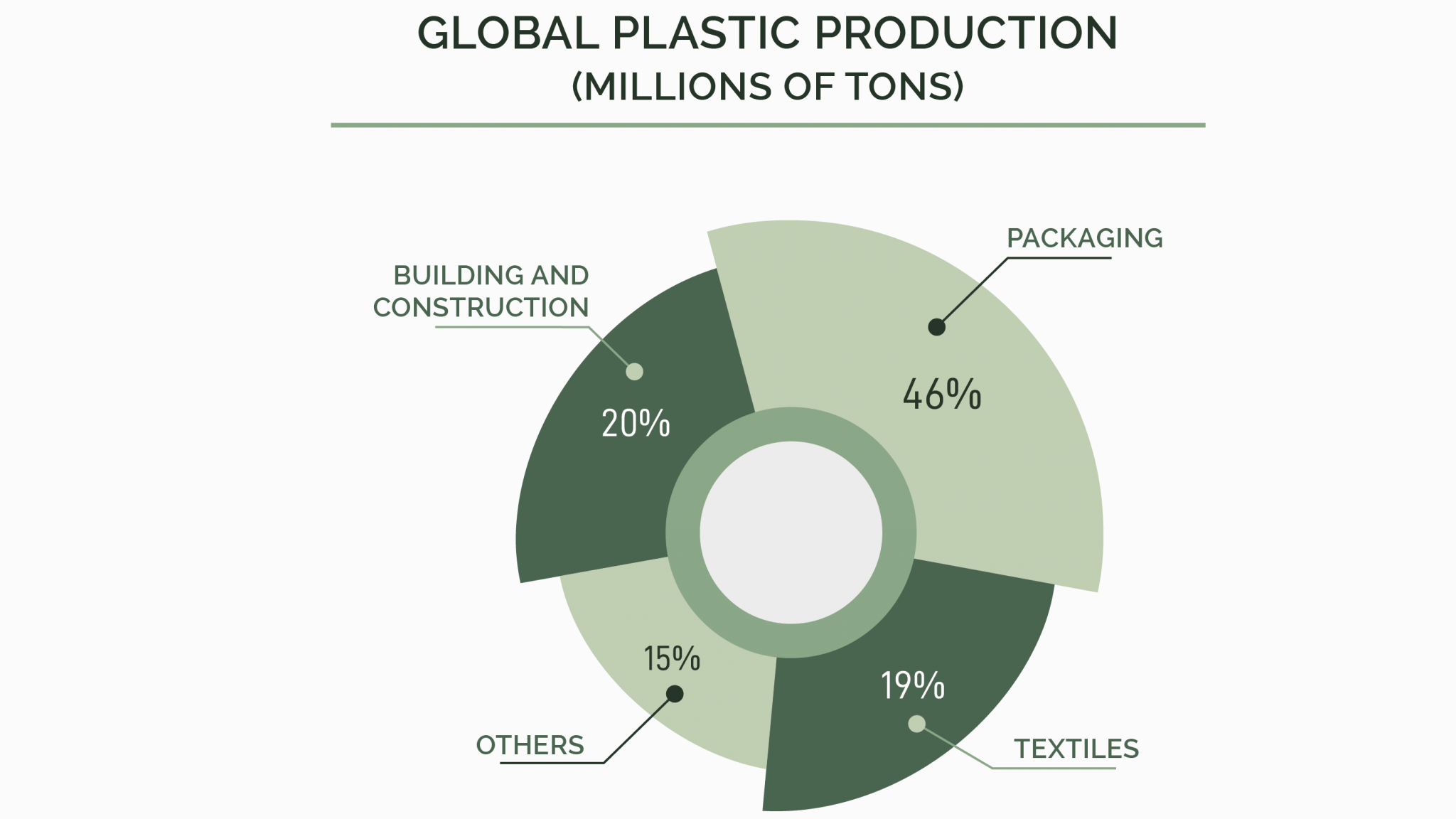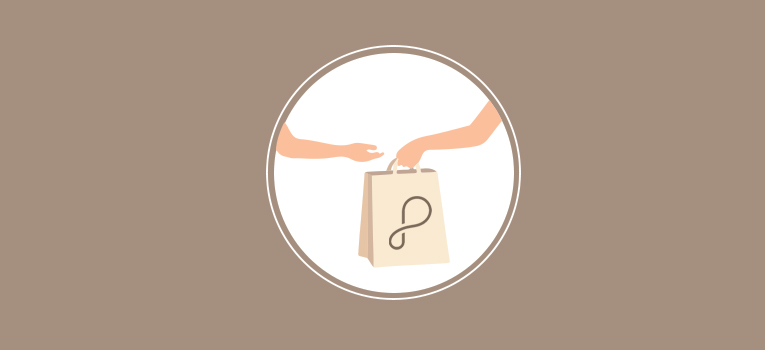Paptic Paper – A New Alternative
The increasing use of plastics and their application in almost every field have made them quite versatile. From using it as a plastic carrying bag to space applications, plastics or any derivatives from polymer are quite inseparable in today’s life. However, the highest use comes from the packaging industry; almost every packable, deliverable goods, or items comprise plastics or their derivatives. While plastics have excellent versatility and flexibility, they can’t be decomposed, which is quite a significant problem. Hence, alternatives to plastics are being searched. However, replacing plastic in every application area seems too difficult given its versatile physical and chemical properties. Here’s where paptic paper comes from. Although it’s a brand, it is counted to be an alternative in the packaging industry.
The Principal and The Need
The brand Paptic defines its product as “a new bio-based, recyclable, reusable, biodegradable next-generation packaging material made of renewable raw materials.” Hence, the idea of paptic is to replace plastic in packaging and other related industries. The need for paptic relates to its biodegradability and other benefits to tackle the environmental problem due to plastics.
Technical Details
The main component of paptic paper is sustainably sourced wooden fiber used in paper and paperboards. The paptic technology is based on a novel paper technology production called foam-forming, meaning replacing water in paper production with foam. This enables broadening the product features to areas impossible with traditional paper production technologies. However, the product also constituent’s raw materials such as artificial fibers can be added to create unique product characteristics such as textile-like actuality, high tear strength, and weldability. The material is mineral-free and can protect or wrap fragile fabrics (e.g., leather, jewelry).
Sustainability
The sustainability of this product is built around six aspects-
- Renewable raw materials: The wood comes from controlled, and sustainably managed forests- no carbon tied to the ground is brought to the atmosphere because of Paptic.
- Re-usability: People are often willing to reuse Paptic due to its look & feel and technical performance (resistance and foldability).
- Recyclability: The high-quality wood fiber is recycled into other packaging products (the standard Paptic material can be recycled with cardboard); the identified recycling system for Paptic encourages consumers to recycle.
- Resource efficiency: Paptic technology allows not only to use of less material but also to optimization of resources by choosing adequate raw materials to achieve a specific outcome. For example, the material’s resistance is increased by using the proper raw material combination and through the excellent form of the sheet rather than by increasing the weight per square meter. The Paptic production process is also more environmentally friendly (smaller carbon footprint, more resource-efficient) than the production processes of, e.g., plastic or paper.
- Biodegradability: The wood and other fibers in Paptic are biodegradable. Paptic bags are also far less likely to end up in the sea, thanks to their start to decompose already in the ground.
- Circular economy: Paptic does not require new infrastructure – existing paper production technology (i.e., machines and mills) is used to produce Paptic, and the existing converting lines can be used with Paptic.
Applications
For plastic-based applications, most of its application is in the packaging industry. The following figure depicts the usage of plastics in different industries.

Despite paptic being an eco-friendly alternative, it must cover all these fields of applications. The paptic paper has, although not reached every industry, it has covered a crucial sector, i.e., packaging. The significant boost is the use in the e-commerce industry with its increasing use of plastics, paptic is an excellent alternative.
The success of paptic paper has enabled consumers and businesses to look for its uses in different industries—a growing sector like gift bags, industrial applications, and packaging in the electronics industry.
The company highlights that Products made of Paptic® can and should be used more than once, even more than ten times, as it is strong, folds nicely, and doesn’t rip easily. The reusability combined with recyclability makes Paptic® – materials the most sustainable alternative for plastics in packaging. This is what makes Paptic a great success.
Conclusion
In short, paptic paper has great potential in the future. However, the obsessive use of plastics in every domain makes it difficult for any new product to take its place. But the rising causes of environmental pollution and ecological disbalance make it vital to look for alternatives like paptic paper and insert them in most applications to eliminate this over-dependence.

